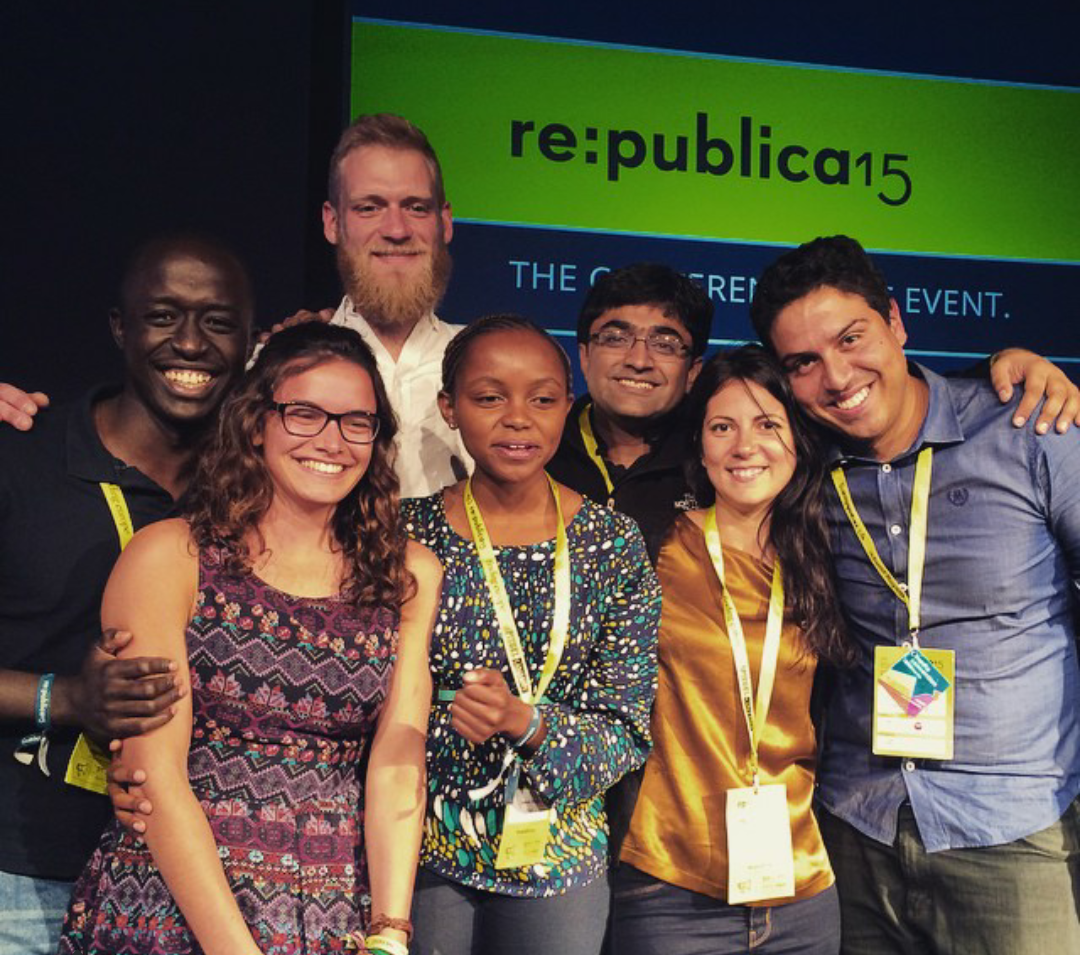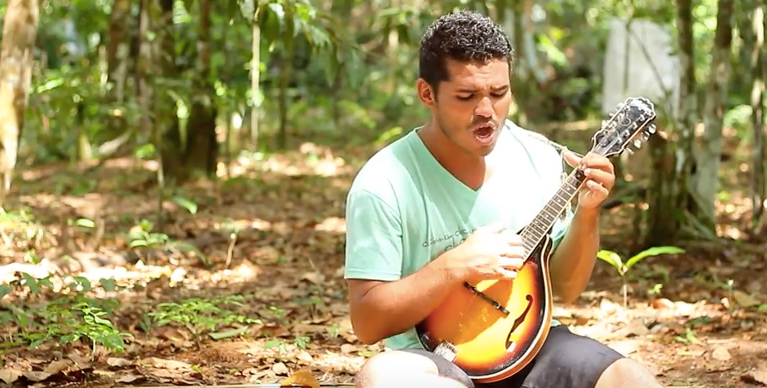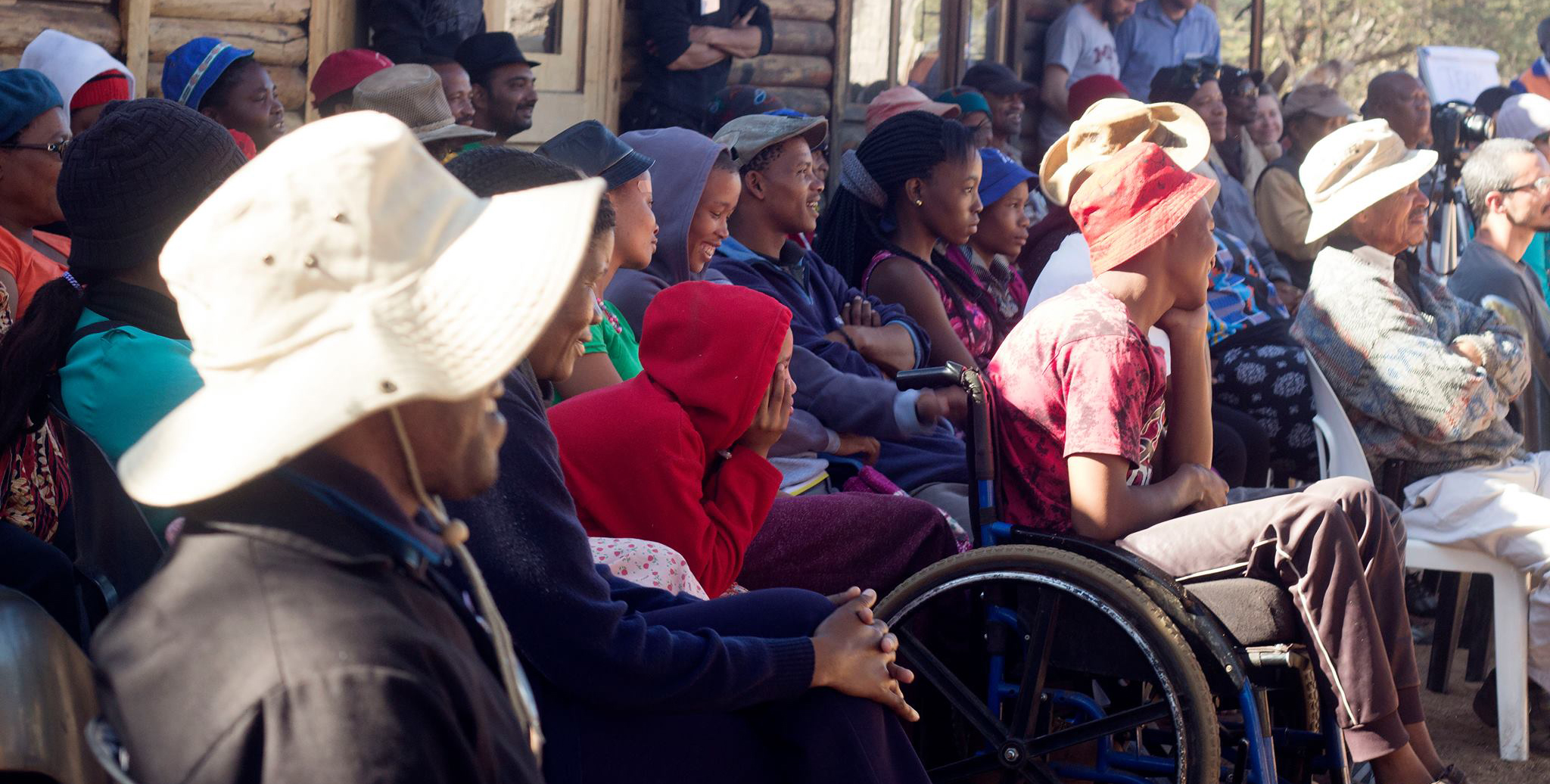IDIN at the Global Innovation Gathering

In May, quite a few members of the IDIN family attended the Global Innovation Gathering in Berlin, Germany to meet and collaborate with a planet-spanning network of innovation centers and innovators, and visit re:publica, a festival for the digital society.
What is GIG?
The Global Innovation Gathering, or GIG, is the annual get-together of a worldwide community of tech hubs, co-working spaces, fab labs, incubators, and innovation centers. Members come from far and wide: Zimbabwe, Brazil, Ethiopia, Philippines, Kenya, and Indonesia are just some of the countries represented at GIG. All of them have in common that they support creativity, collaboration and innovation, by offering space and various forms of support to its community, but how they do this, and the circumstances they operate in are quite different. Some receive government support, some are completely self-sustainable, some incubate companies, some offer machines only to non-commercial open source projects. GIG is the place to share experiences, learn from others, be inspired, and also to network with other members of this global ecosystem, such as foundations, think tanks and donors. It is organized by Geraldine de Bastion, a freelance consultant from Berlin, Germany, who started the event in 2013, and IDIN Network member Max Krüger.
This year’s gathering was the third of its kind, with the first one happening in 2013. From May 2-8, 70 people from 47 hubs and partner organizations such as the World Bank, the Vodafone Foundation and the ITU gathered in Berlin, Germany. The week started with a two-day BarCamp, where participants decided on issues they would like to discuss and work on in small work groups. Topics included management structures of innovation centers, models that make these centers financially sustainable, best practices on how to interact with governments and policy makers and many more. The BarCamp was followed by a daylong tour through various hubs in Berlin.
The last three days GIG attended (and almost completely ran) re:publica, a large European festival for the digital society, consisting of talks, workshops and parties as well. GIG had a large maker space in the main hall, where a lot of IDIN members contributed with a lot of amazing content, both on the many stages as well as in the makerspace.
What exactly did IDIN do there?
As you might have understood from the description of GIG, it represents a global movement and network of spaces that offer tools, resources, mentorship, community to local innovators, to help them scale ideas and solutions, create companies and jobs in a collaborative, co-creative fashion. Sounds a lot like IDIN’s innovation centers, right? Right. That was one of the main reasons for participating, and there was quite a lot to talk about.
Attending IDIN Network members were Juliet Wanyiri, Roy Mwangi Ombatti, Jona Repishti, Miguel Chaves, Mustafa Naseem, and Max Krüger. Apart from the BarCamp, where Jona and Miguel were able to share quite a few insights from IDIN’s Innovation centers and learn about similar approaches worldwide, IDIN also had a strong presence at re:publica. GIG’s large workshop area in the middle of the conference grounds presented a stage for some very well attended workshops, such as a session by Roy on his project AB3D (African Born 3D Printing), a 3D printer made with e-waste and locally available materials, and on innovating and building with e-waste in general. Juliet Wanyiri ran a build-it session on the wood block phone charger, slightly upgraded with an improved UX design for motorcycle taxis in East Africa.
IDIN was also very present on the many stages of re:publica, with Mustafa Naseem offering insights into Pakistan’s innovation ecosystem, Juliet Wanyiri participating in a panel on the confluence and conflict between the global maker movement and local grassroots innovators, together with Gesche Joost and Anna Waldman-Brown and Jona Repishti presenting some of the lessons learned from IDIN’s work.
So, was it any good?
Well…yes! GIG was indeed a valuable experience, offering new insights, connections and friendships, even though the topical overlap between GIG and IDIN is not perfect, the goals and ideals of GIG as a global hub network match those of the IDIN innovation centers, which means there was a little bit of magic in the air, and even if no concrete partnerships materialize there will definitely be a lot of ongoing conversations and knowledge-sharing around the particulars of running and starting an innovation center.
GIG also provided an opportunity to receive some assistance with tech development, as quite a few knowledgeable people were around, and especially the 3D printer from e-waste generated a lot of interest.
IDIN also poses some lessons for the organizing team of GIG, when it comes to engaging a global network of very busy people and generating and sharing useful content.
At the very least, GIG was an opportunity for IDIN members from around the world to reconnect and share the IDDS spirit with a bunch of like-minded humans.






